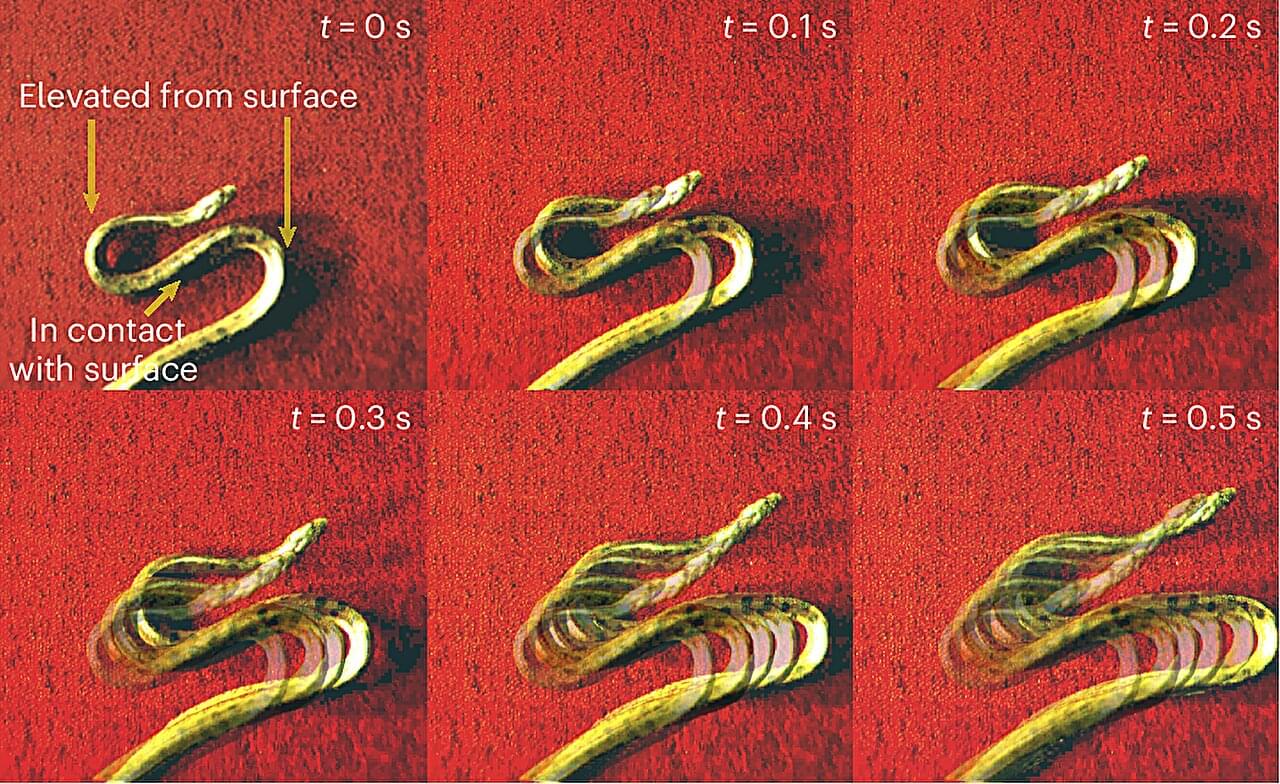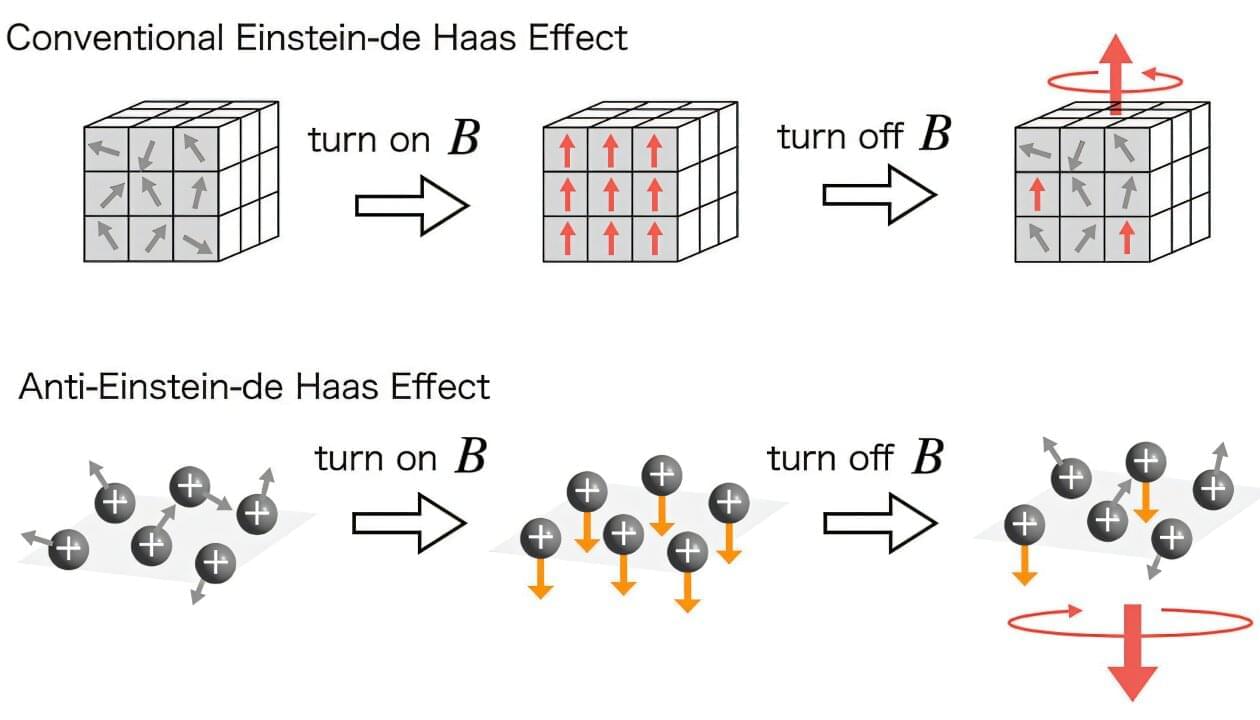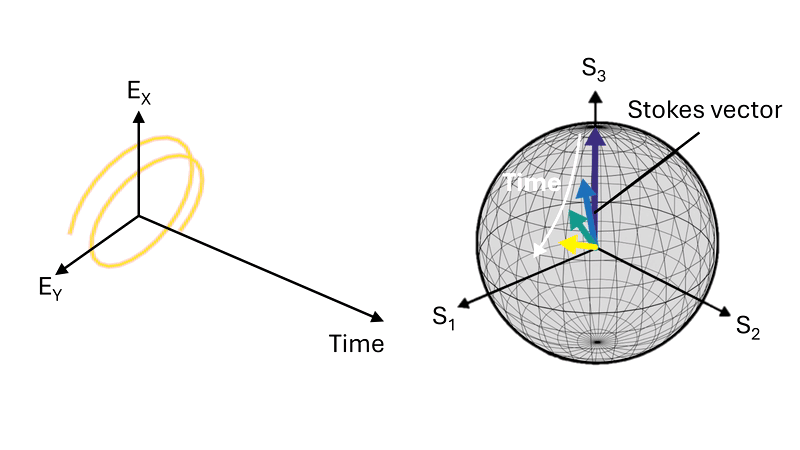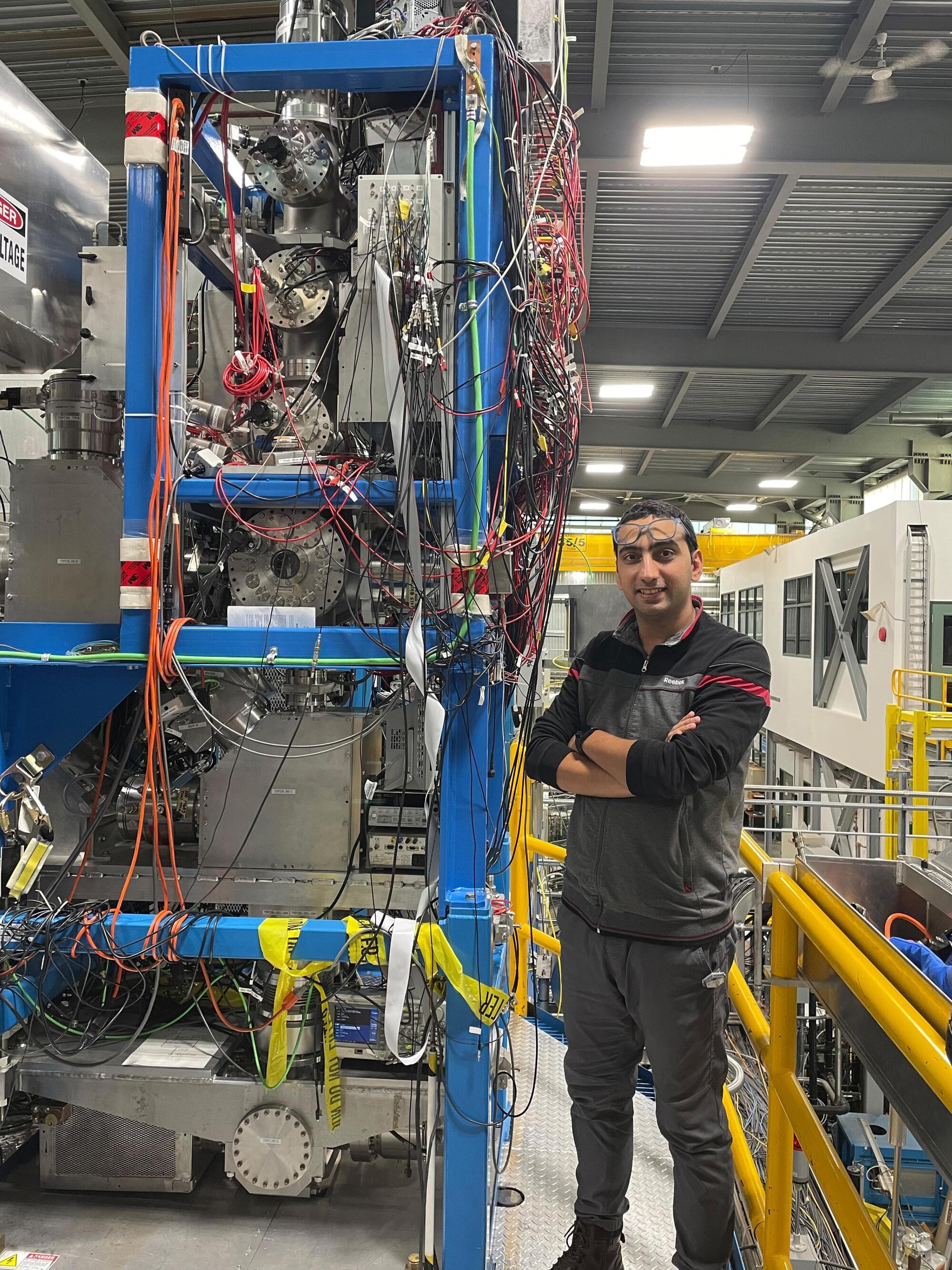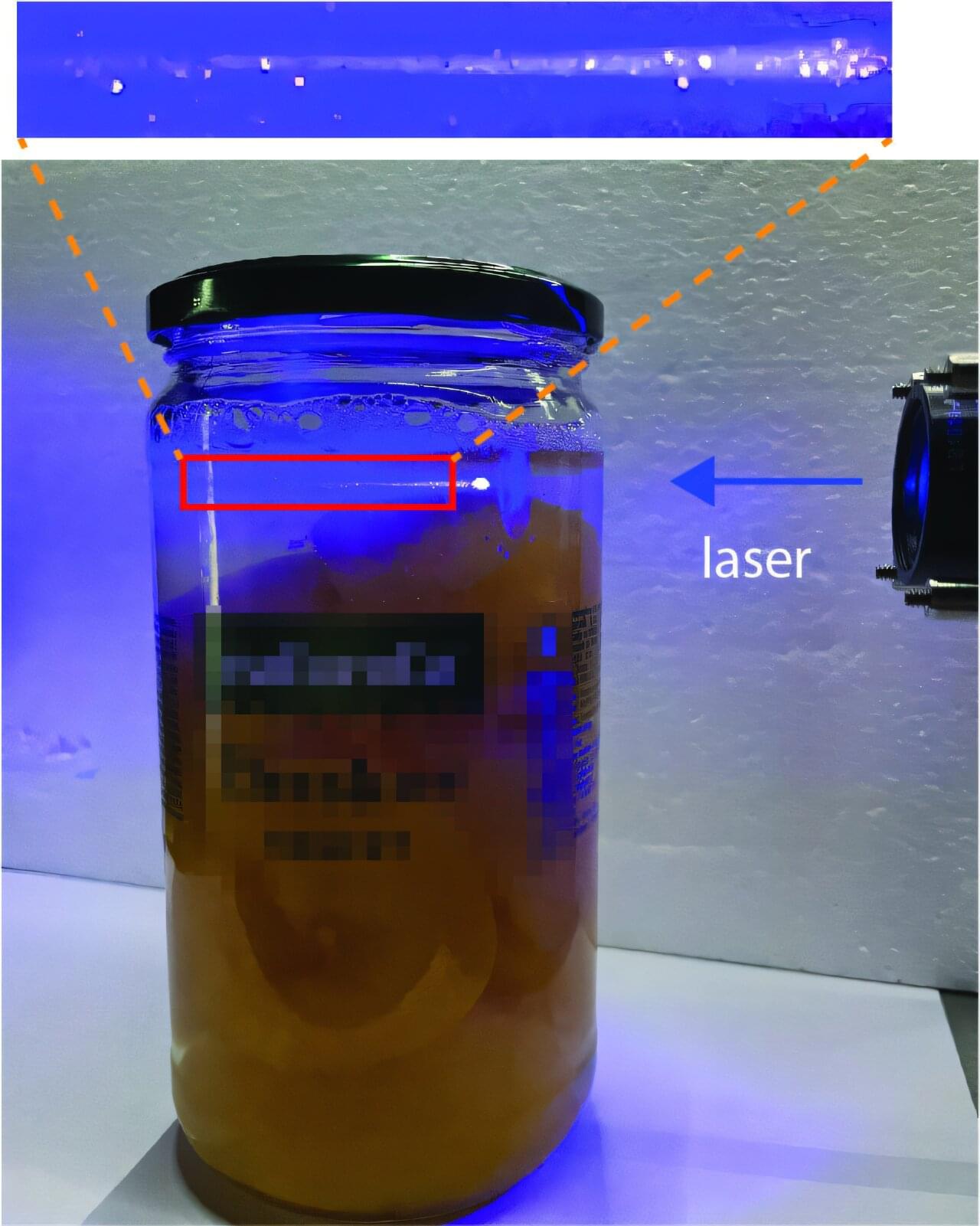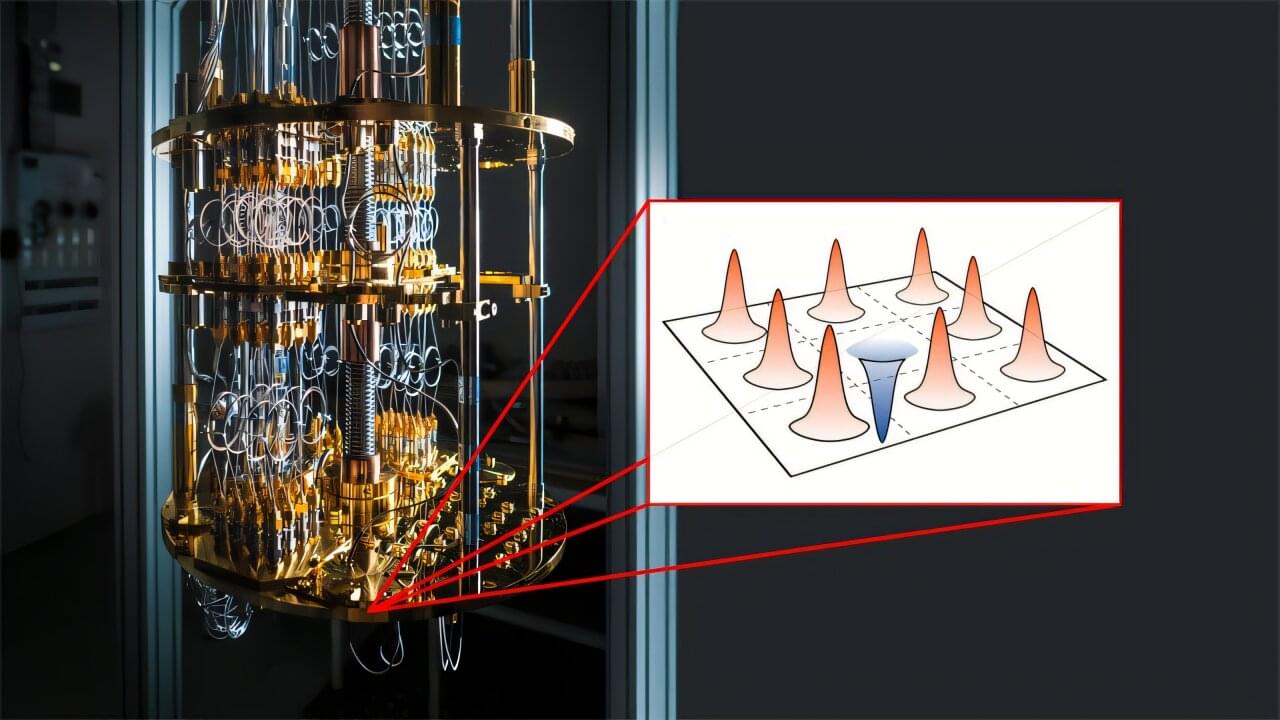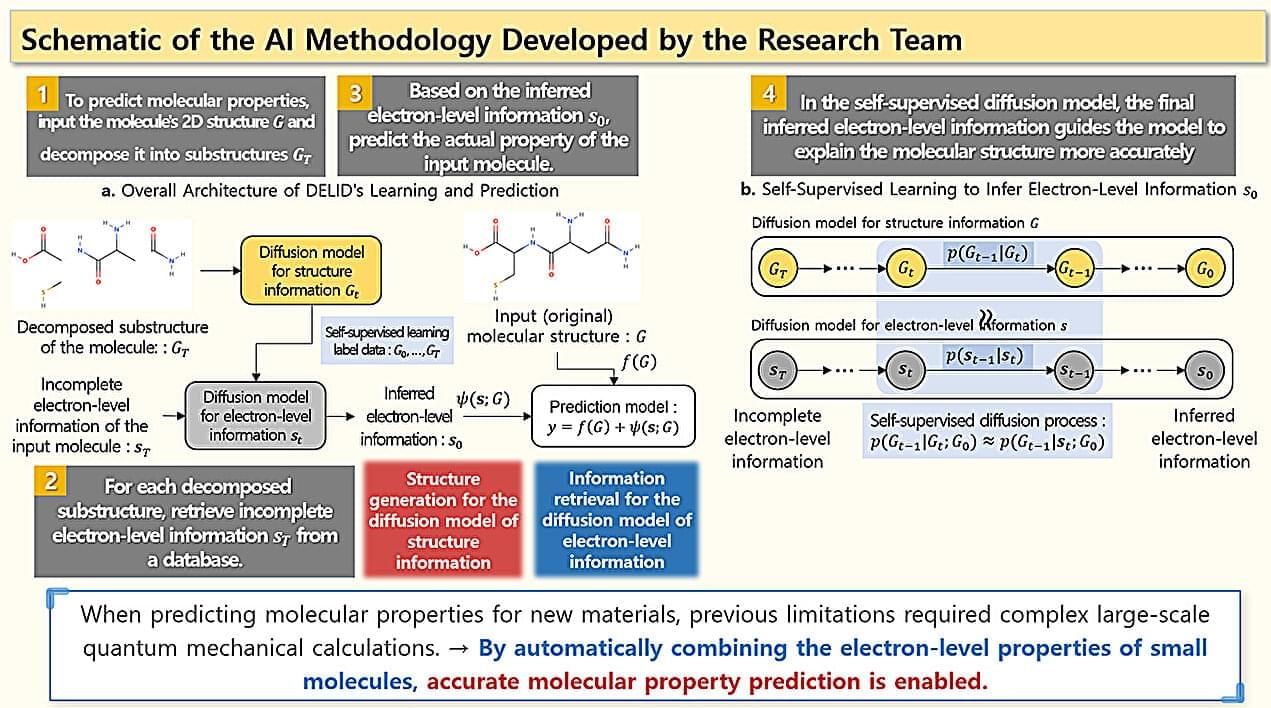During the COVID-19 pandemic when many were stuck at home, people adopted more pets than average, but then struggled to find adequate veterinary care. Kayla Pasteur of Purdue University, U.S., and colleagues reported these findings and other pandemic pet trends, which were published in a study in the open-access journal PLOS One.
In the U.S., about 58 million U.S. households keep one or more dogs and 40 million keep at least one cat. These animals often provide a source of enjoyment, stress relief and social support in the home, so it’s no surprise that during the COVID-19 pandemic, there was an increase in pet purchases and adoptions.
In the new study, researchers investigated trends in pet ownership during the pandemic to understand which groups were acquiring pets and how the pandemic impacted their ability to access veterinary care. The team analyzed answers to an online survey of 751 U.S. residents – of which 79% were pet owners – conducted in late 2021.


